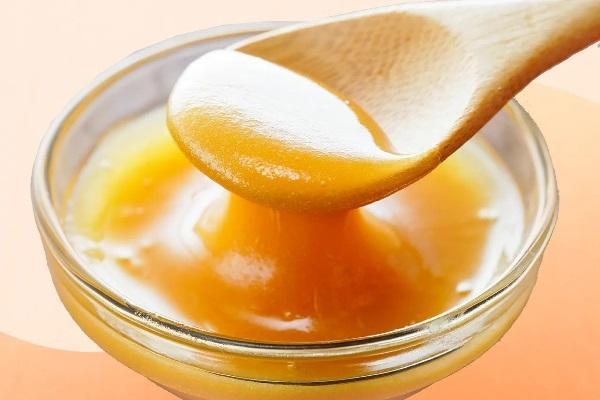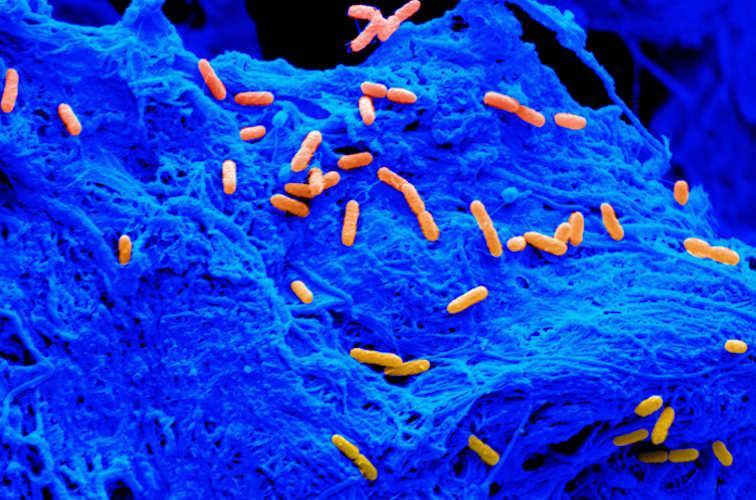Soaking collagen scaffolds in manuka honey may increase their ability to produce minerals and promote osteogenesis, however, researchers say the scaffolds have little resistance to bacterial infections.

A group led by Brendan Harley, Ph.D. from the University of Illinois at Urbana-Champaign, used collagen scaffolds to study whether manuka honey could be used to inhibit the growth of Pseudomonas aeruginosa (Pseudomonas aeruginosa) and Staphylococcus aureus (Staphylococcus aureus), two bacteria that usually affect the bones of the facial skull during fractures.
“There is a growing need to simulate and prevent infection in bioresorbable implants, namely extracellular matrix (ECM)-derived biomaterials. This is due to the advancement of these materials in the field of reparative regeneration,” Harley and colleagues wrote in the study. “However, to date, much research is still focused on preventing contamination of metal alloy materials.”
Harley explained that the bones of the face and skull can be affected by a wide range of diseases, including defects in the cleft palate, traumatic injuries, cancer, and bone loss due to wearing dentures. Bone prostheses, which are commonly used to regenerate missing tissue, are vulnerable to bacterial infection.
In a study, scientists found out whether manuka honey, which is made from tea trees, can be used to fight bacterial infection and stimulate bone growth. The researchers added manuka honey to the scaffolds in two different ways: incorporation and soaking.
According to the first method, they added honey to the collagen suspension. The mixture was then used to make scaffolds in which honey was embedded. The second technology involved soaking prepared collagen scaffolds in manuka honey for 40 hours. In both cases, the researchers tested whether the addition of manuka honey affected bone growth and whether resistance to bacterial infection appeared.
They found that when the scaffolds were soaked in 5% honey, there was higher mineral formation and osteoprotegerin production, indicating bone growth.
Individual P. aeruginosa cells (orange) on the surface of a collagen scaffold (blue). Image courtesy of Marley Dewey, University of Illinois at Urbana-Champaign.

“This work demonstrated that soaking mineralized collagen scaffolds in 5% manuka honey can increase the ability of these scaffolds to produce minerals and promote osteogenesis,” the authors write.
The researchers then tested whether manuka honey inhibited the growth of P. aeruginosa and S. aureus. They soaked paper discs with honey and added them to the bacterial lawn. According to the results, the honey-soaked scaffolds failed to prevent bacterial growth, even though the bacteria were unable to attach to these surfaces.
“It's amazing that it took us ten times as many antibiotics to 'kill' the bacteria, and some of them still survived,” said Marley Dewey, a former graduate student in Harley's lab and the first the author of the article. “It's possible that with metal implants, bacteria are easy to kill. However, our collagen scaffolds seem to provide a protective environment for bacteria, posing a big problem.”
Further research is needed, according to Dewey. Ultimately, Dewey hopes to set up her own lab where she will continue her research into how biomaterials can be used to prevent infection.
“I want to create models that other scientists could use to infect implants in their research. I'm also interested in understanding how bacteria interact with cells in scaffolds and why they are so resistant to antibiotics in scaffolds” – Dewey added.
